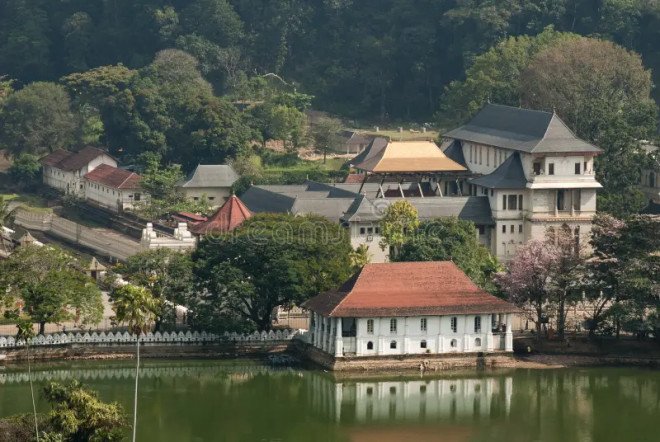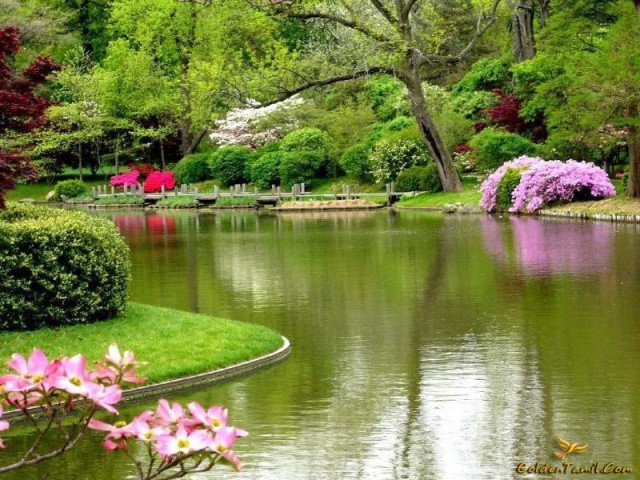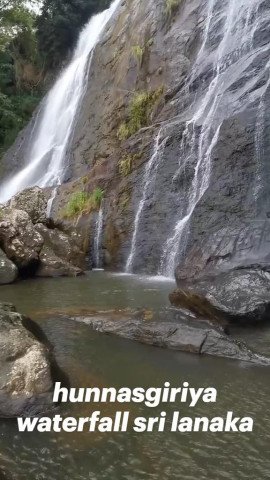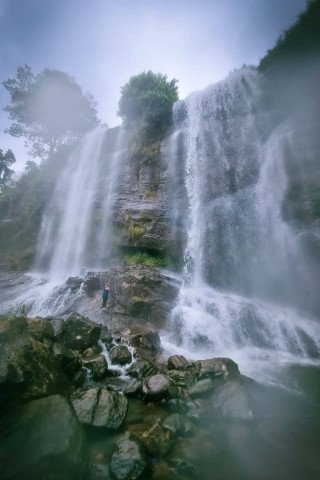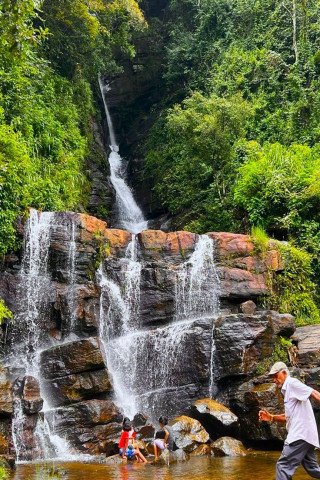Sri Dalada Maligawa, Kandy, Central Province, 20000
Listing Owner
Listing Description :
The relic was brought to Sri Lanka in the 4th century AD, hidden in the hair of an Indian princess to protect it from destruction. Since then, the relic has played a central role in Sri Lankan history, symbolizing both religious authority and political power. It is said that whoever holds the relic has the right to rule the island. Built in the 16th century within the royal palace complex, the temple has been expanded and beautified over the years by successive kings. It now stands not only as a sacred place of worship but also as a UNESCO World Heritage Site, admired for its historical and cultural significance.
The Sri Dalada Maligawa combines Kandyan architecture with subtle influences from South Indian styles. Its whitewashed walls, golden roof, intricate wood carvings, and beautiful moonstone steps reflect the craftsmanship of ancient Sri Lanka. The temple complex also includes shrines, museums, and pavilions — each narrating its own story of faith, resistance, and artistry. The inner chamber housing the tooth relic, known as the "Handun Kunama", is opened only to monks and dignitaries. However, visitors can witness the golden casket that holds the relic, which is paraded during rituals.








